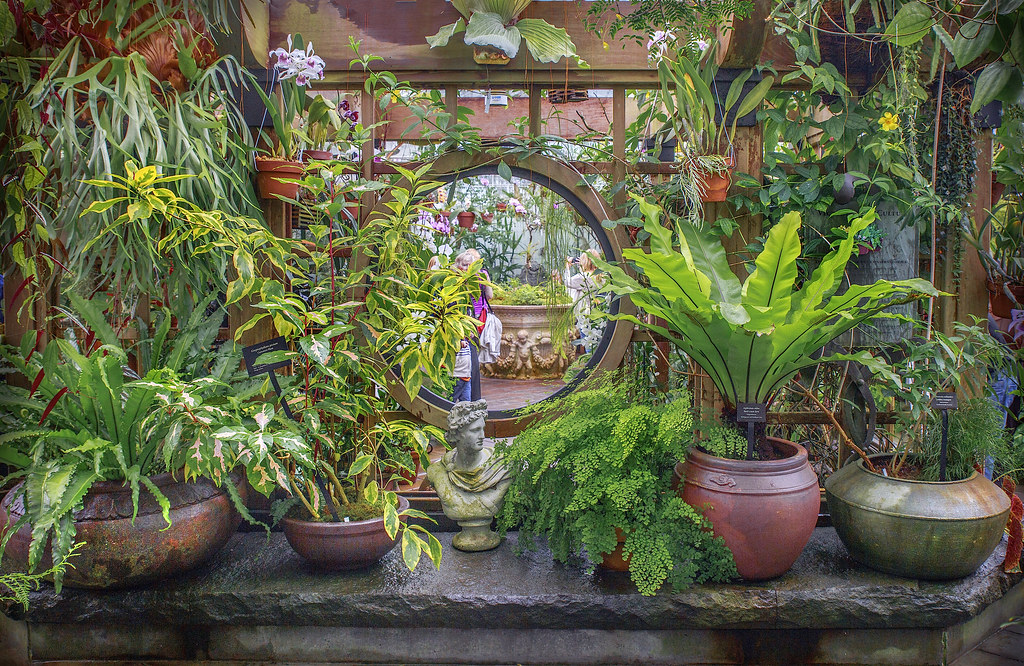You’ve worked hard during the spring and summer to grow a healthy harvest of vegetables and a gorgeous display of flowers. Now that winter is approaching, you may be tempted to close the garden gate and let nature take its course during the colder months, but you need to prepare now if you want your garden to be as successful next year. Follow these easy steps to ensure your garden is well cared for over the winter and ready for planting next spring.
How To Prep Your Organic Vegetable Garden For Winter
- Tidy Up Garden Beds
Cleaning up the rotting and finished plants and weeds in your garden not only makes it look nicer, but it can also get rid of disease, pests, and fungi the old plants may be harboring. According to the cooperative extension at Colorado State University, the insects that feed on your crops throughout the summer can lay eggs on the stalks and leaves of the plant. You can cut their progress short by removing the plants from the soil surface. If they are disease-free, bury them in garden trenches to add organic matter to your soil. - Prepare Your Soil
Fall is the perfect time to add nutrients to your soil in the forms of compost, manure, bone meal, kelp, and rock phosphate. When you add these nutrients in the fall, rather than the spring, they have the entire winter to break down and enrich the soil. By amending, turning, or digging the soil in the fall, you’ll have already done the work before the busy spring season comes. To prepare the soil for a large area, you can use an excavator of one of three sizes: compact, mid-size, or large. Fall tilling also helps improve drainage before extreme snowstorms or blizzards become the seasonal norm. - Plant Cover Crops
To prevent the erosion of your newly nutrient-packed soil, plant cover crops like rye, vetch, or clover. These crops will also add nutrients and increase levels of organic matter in the garden beds. You can also plant legumes, such as clover or field peas, to increase the levels of nitrogen for garden vegetables. Fall is the perfect time to plant garlic, as the bulbs can lie dormant in frozen ground. Plant the bulbs six inches apart and four inches deep, then add a light layer of mulch at planting time and a substantial layer of mulch after the ground freezes. In general, try to plant any cover crops about one month before the first killing frost of the season.
When you’re raking up the leaves from the rest of your lawn this season, put them in your compost bin or store them in garbage bags instead of putting them out by the road. They make for great mulch or compost materials. By following these simple steps to close down your garden beds this fall, you’ll set yourself up for success in the spring.



